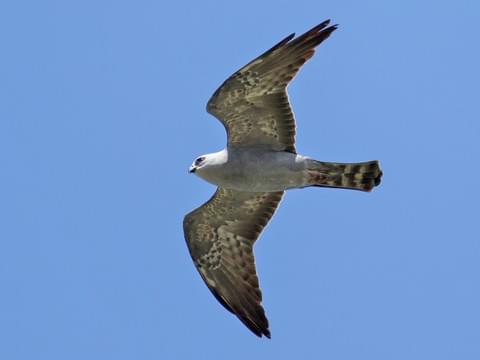
The hawks’ behavior, unique to Australia, was reported in a 2017 study in the Journal of Ethnobiology: Intentional Fire-Spreading by “Firehawk” Raptors in Northern Australia which said: Sometimes the prey hides too effectively so the firehawks carry burning sticks to set new fires and flush the prey. Australia’s indigenous people, the Aborigines, use fire as a tool on the landscape to “ facilitate hunting, change the composition of plant and animal species in an area, reduce hazards, and increase biodiversity.” Australia fire season map from Australian Government Bureau of MeteorologyĮvery living thing on the continent has adapted to fire including three species of raptors in northern Australia that hover over active firefronts to capture prey escaping from the flames (at top). Hawks circle a bushfire in Australia as they hunt for escaping prey (photo from Wikimedia Commons)įire is a way of life in Australia where bushfires rage during the dry season and humans set controlled burns during the rest of the year. Orchids at Phipps’ Holiday Flower Show, (photo by Kate St. Angel’s trumpet flower ( Brugmansia versicolor) in the Tropical Forest room, (photo by Kate St. You can see them in the Tropical Forest room. These beautiful angel’s trumpets ( Brugmansia versicolor) are native to Ecuador but extinct in the wild. Cathedral of Learning as see from Phipps’ Holiday Light Garden at dusk, (photo by Kate St. The Cathedral of Learning, framed by decorated trees. Phipps’ Holiday Light Garden at dusk, (photo by Kate St. White-throated sparrows chirped in the bushes near these blue lights as they settled for the night. Robins and mourning doves zoomed overhead. John)Īs night fell songbirds came into the garden to roost. The show runs through Sunday 9 January 2022 so there’s plenty of time to visit. At dusk it was 62 oF, so of course no snow, but perfect for strolling in the garden. On Thursday 16 December I visited Phipps Conservatory at 4pm for the Holiday Magic Winter Flower Show and Light Garden. This week’s shorter days and unusually warm weather found me outdoors appreciating sunsets, merlins and Phipps Winter Light Garden. Just be sure you don’t walk too close to their nests.Phipps’ Holiday Light Garden at dusk, (photo by Kate St. They’re very much at home in towns and cities and can provide thousands of hours of bird-watching entertainment. They’re originally native to the open prairies of southern Kansas, but they’ve gradually expanded their range northward as far as Kansas City and Hays. Black and light gray in color, Mississippi kites are generally seen soaring effortlessly more than crossing the sky with rapid wingbeats. They’re smaller than most birds of prey, with bodies about 14 inches long, and wingspans stretching to about 31 inches.

Most of the birds will depart on annual southward migrations in mid-September, and return to Kansas in late April. There have been a few times, though, when contact has been made and someone has hurried home with a little blood coming from their scalp.

Most times their dives pull up a few feet short of hitting the perceived intruder. Mississippi kites are some of the most territorial birds in Kansas and become very protective when they have young in their nests. It’s not quite as much fun, though, when the birds are dive-bombing you while you cross your backyard or walk down a sidewalk. These graceful birds of prey often soar high overhead, sometimes as many as 30 or more in a group, as they snatch assorted flying insects from the air. It’s usually a joy to see Mississippi kites flying through the Kansas sky.


 0 kommentar(er)
0 kommentar(er)
